Old-fashioned White Chocolate Cake is a decadent dessert with a caramel-like frosting that is perfect for any holiday or celebration!
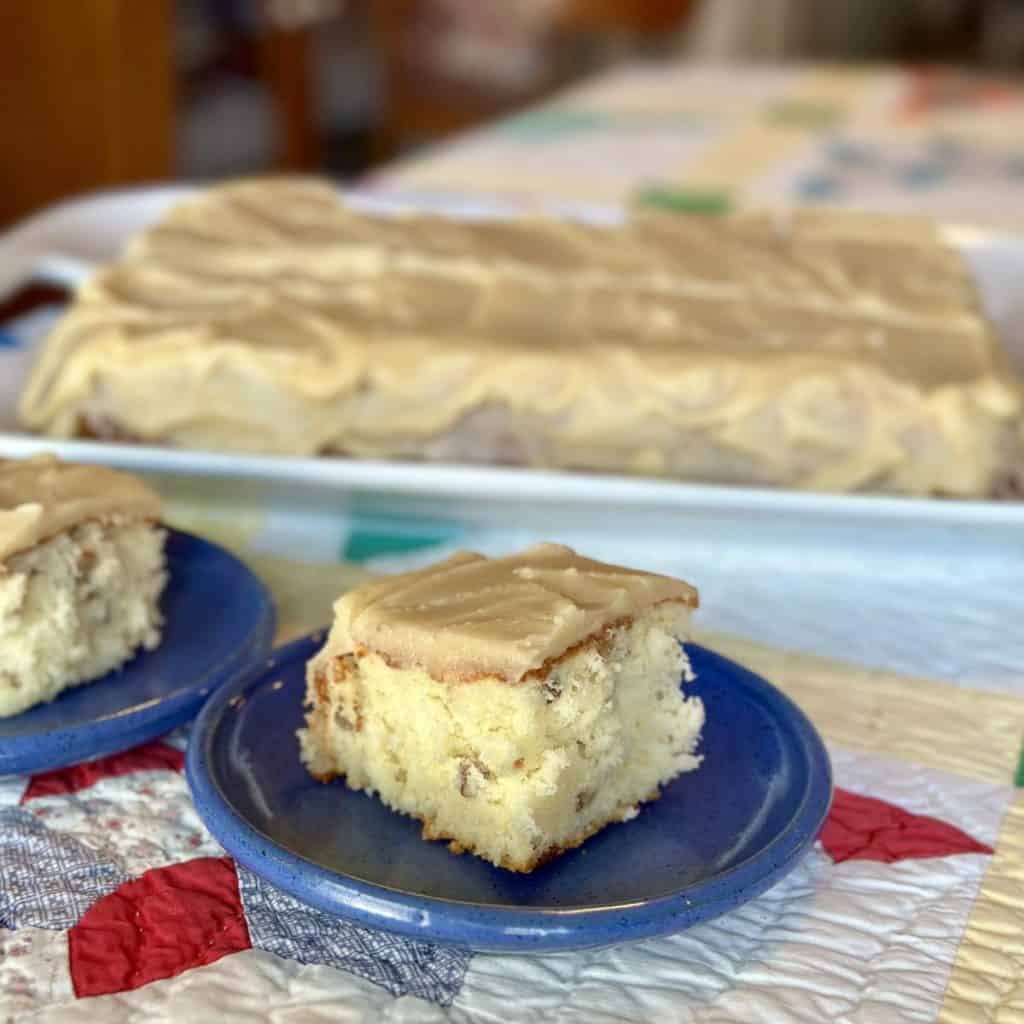
You'll be obsessed with this cake after just 1 bite! White Chocolate Cake is a pound cake-like batter filled with melted white chocolate, coconut, and nuts. It's enveloped in a buttery, caramel-like icing that is irresistible!
My mom has made this cake for nearly every holiday for my entire life. I would always be her helper in the kitchen, waiting for her to finish icing the cake so I could scape the bottom of whatever I could lick off the spoon.
Pound cake-like desserts are a speciality of my families. If you like this type of cake, be sure to check out my mom's Sweet Cream Pound Cake or its Lemon Blueberry version. My granny's 1-2-3-4 Cake is also always a hit! Happy baking!
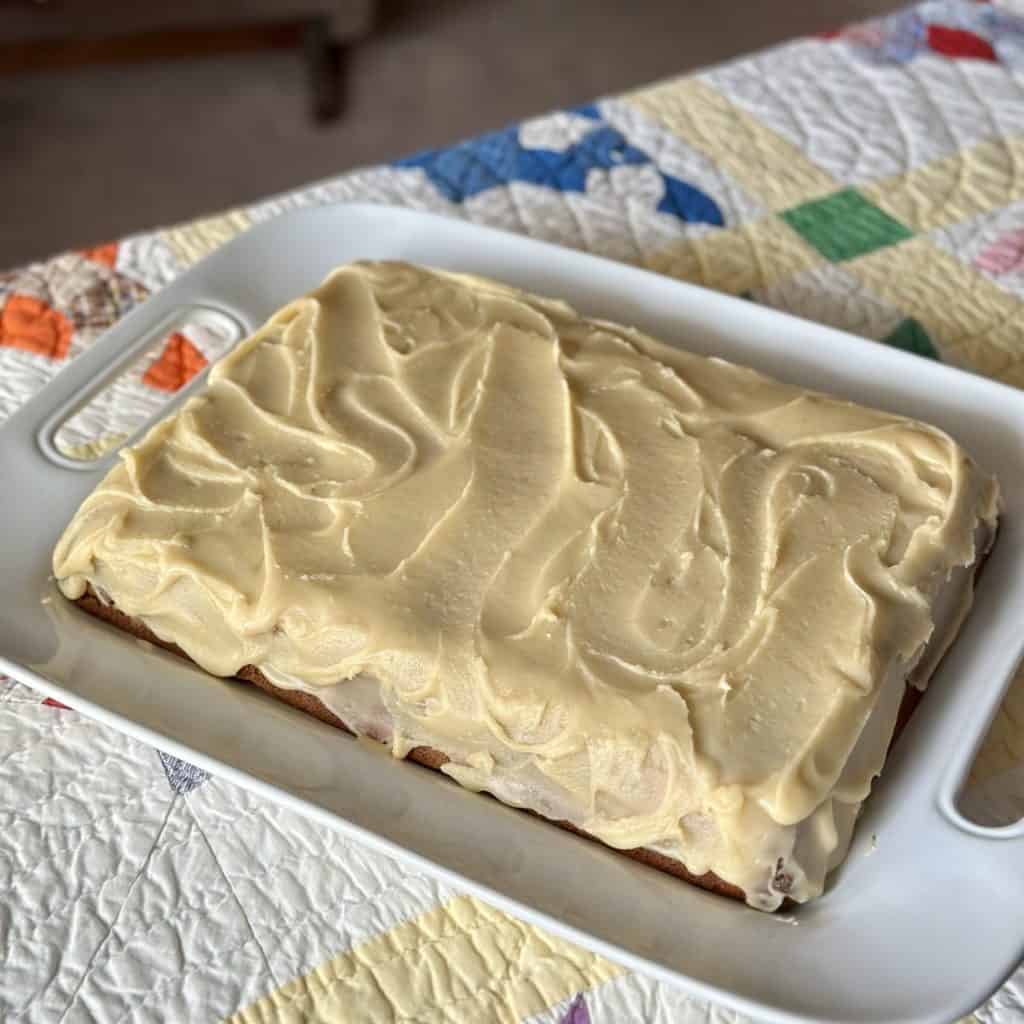
Table of Contents
Why You'll Love this Recipe
- Rich Buttery Flavor: The star of the show is the rich and indulgent flavor of the caramel-like icing. The deep, buttery sweetness is so delicious that you'll be scraping the pan for every last piece.
- Texture Contrast: The soft and moist cake with the smooth buttery icing, and slight crunch of the coconut and pecans makes for an incredible texture.
- Precious Memories: Having a slice brings back sweet memories of family holidays and special occasions.
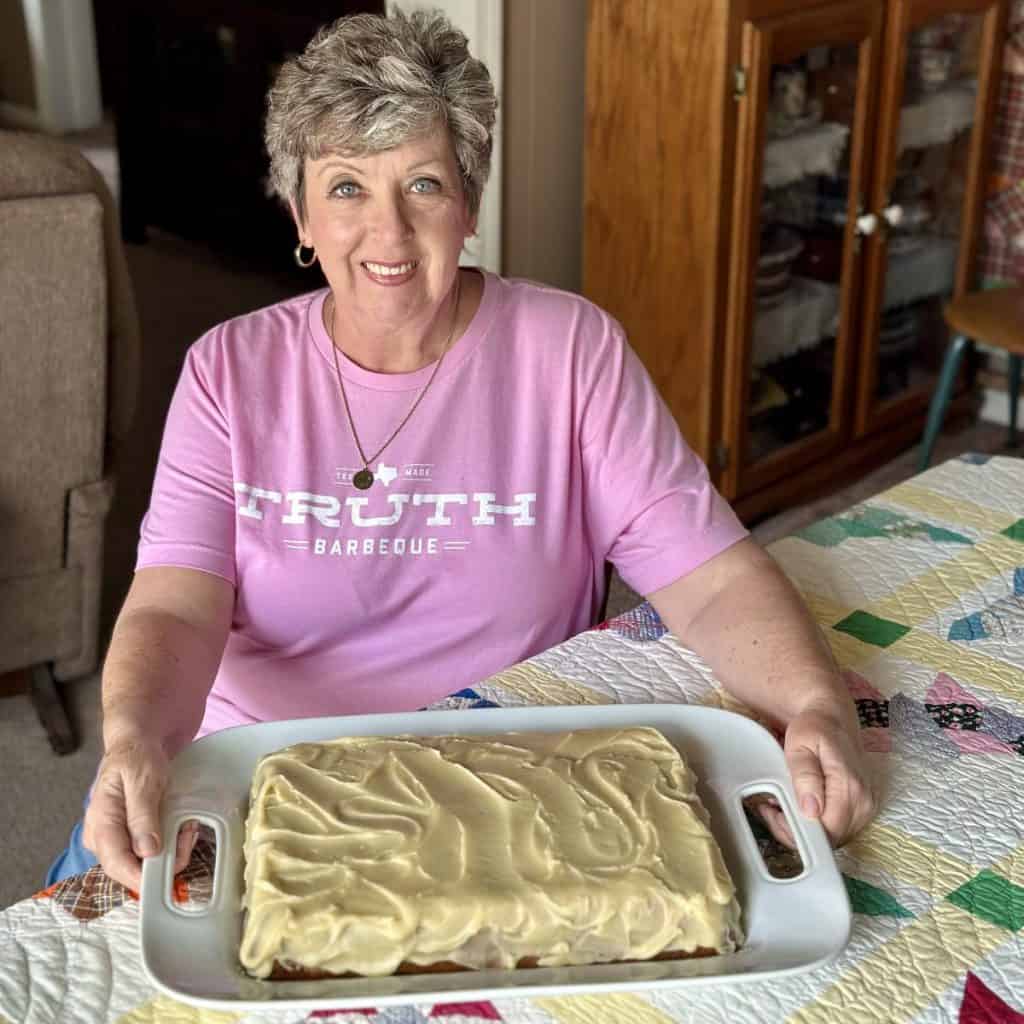
Ingredients in White Chocolate Cake
Scroll Down to the Recipe Card for the Full Recipe and Ingredient Amounts
Cake
- White Chocolate: Imparts a rich and creamy flavor, as well as contributes to the texture and moisture.
- Salted Butter: Adds moisture, richness, and flavor to the cake. It contributes to the cake's tenderness and helps create a soft crumb. For the glaze, it adds a rich, creamy, luxurious flavor.
- Granulated Sugar: Adds sweetness, moisture and tenderness to the cake.
- Eggs: Gives stability and structure to the cake as well as helps the cake rise. It also adds tenderness, moisture and flavor.
- Vanilla Extract: Both an aromatic to this cake as well as enhancement to all of the flavors.
- All-Purpose Flour: The main structural component of the cake. It provides the framework for the cake's texture, supporting the other ingredients.
- Baking Powder: Serves as a leavening agent, playing a crucial role in making the cake rise and achieve a light and fluffy texture.
- Buttermilk: Provides moisture, tenderness, binding, and even mixing.
- Shredded Sweetened Coconut: Adds sweetness as well as a pleasant chewiness and a slight crunch to the cake.
- Chopped Pecans: Adds a delightful crunch, nutty flavor, and texture to the cake.
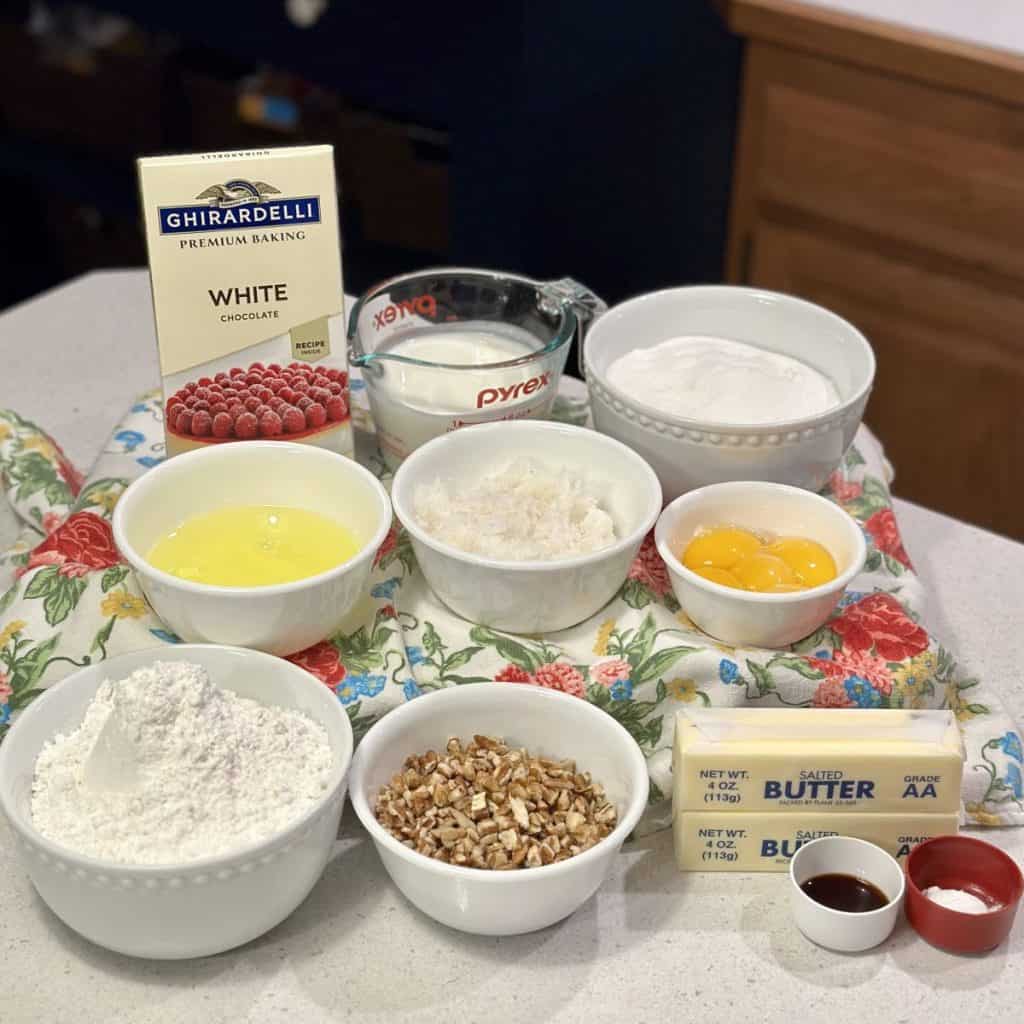
Icing
- Granulated Sugar: Sweetens the icing and gives it stability and an overall smooth texture.
- Salted Butter: Adds a rich, creamy, luxurious flavor.
- Evaporated Milk: Provides richness, smoothness, and a luscious texture.
- Vanilla Extract: Enhances the overall flavor of the icing.
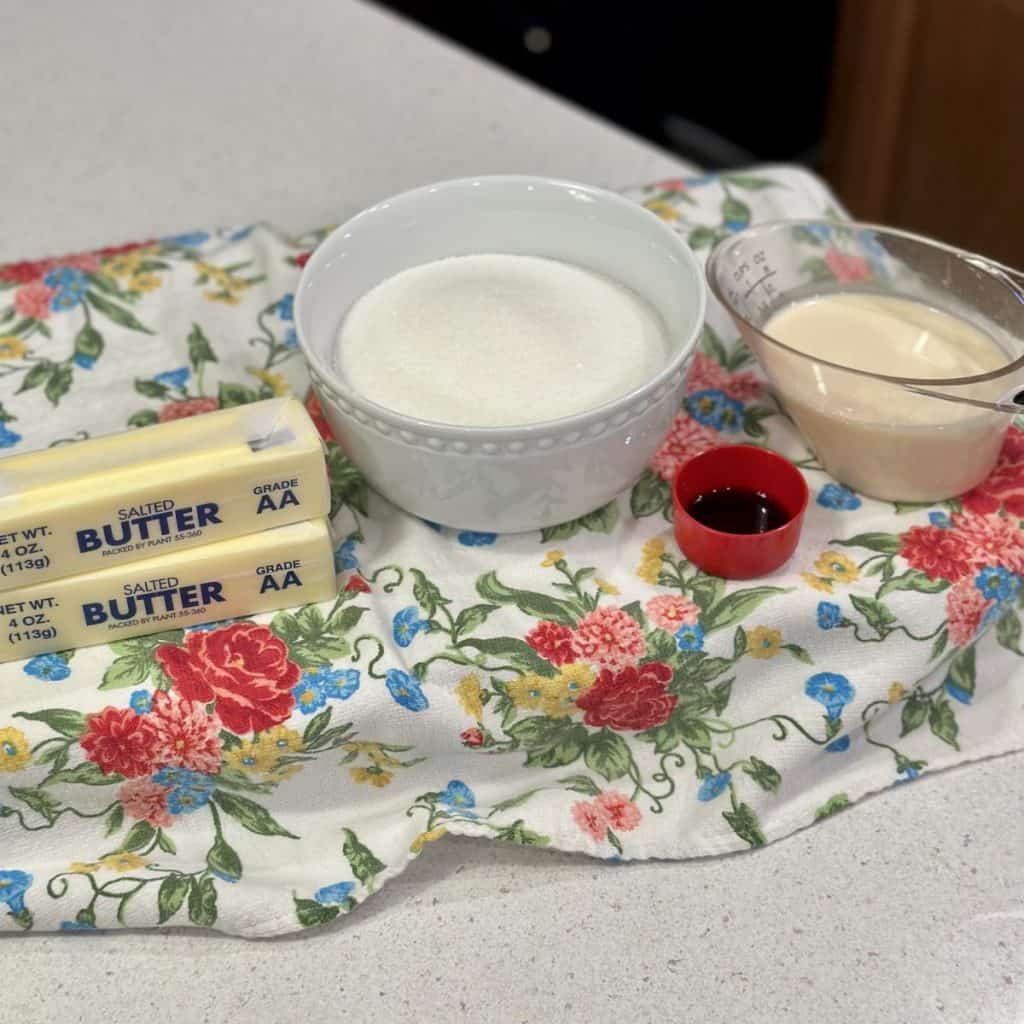
Tools You'll Need
- Hand Mixer or Stand Mixer
- Mixing Bowls
- Spatula
- 13"x9" Cake Pan or Baking Dish
- Measuring Cups and Spoons
- Liquid Measuring Cups
How to Make White Chocolate Cake
Cake
- Preheat the oven to 350°F. Butter a 9”x13” pan, line with parchment paper, then lightly butter the parchment paper.
- In a stand mixer or large bowl with a hand mixer, beat egg whites until stiff peaks form. Place the beaten egg whites in a separate bowl, and set aside.
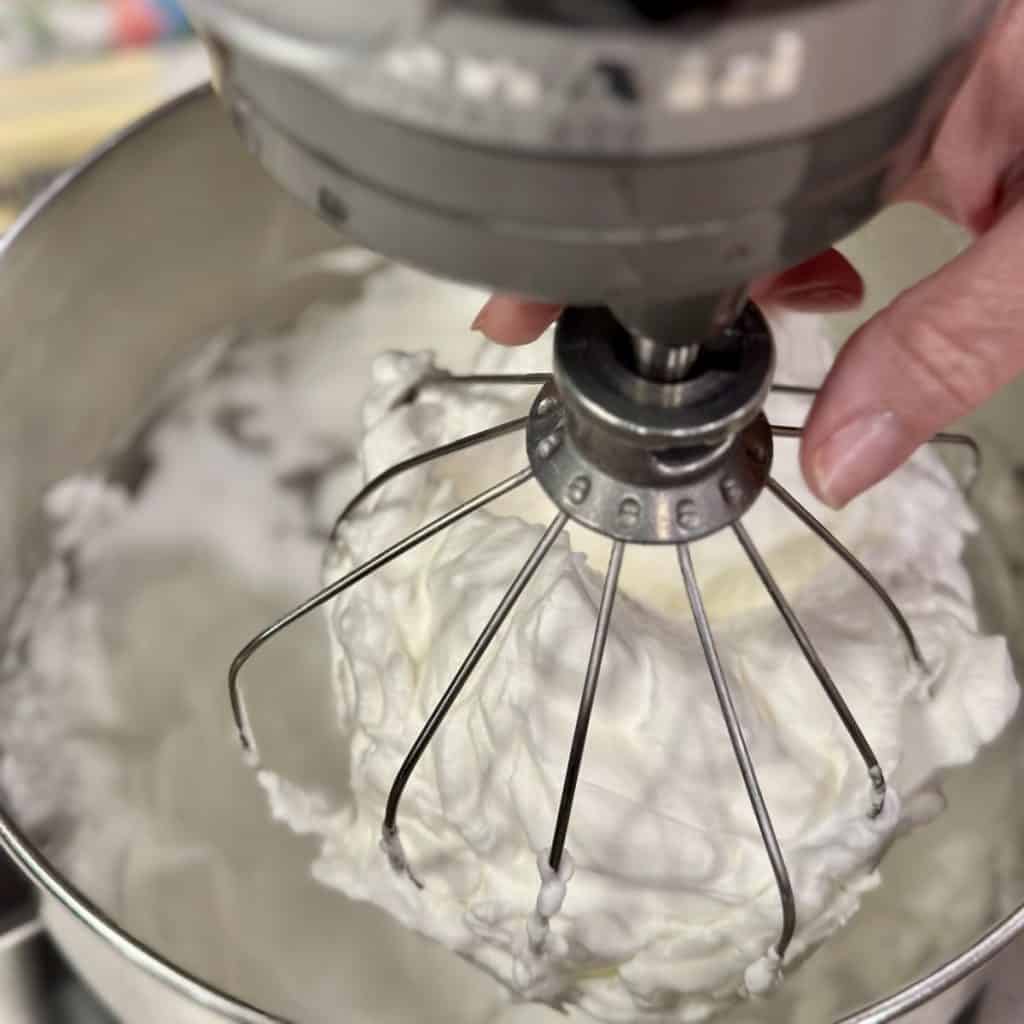
- In the same stand mixer bowl or large mixing bowl, cream the butter with the sugar, and melted chocolate with the electric mixer on medium speed until smooth. Add the egg yolks and vanilla and beat on medium speed until fluffy.
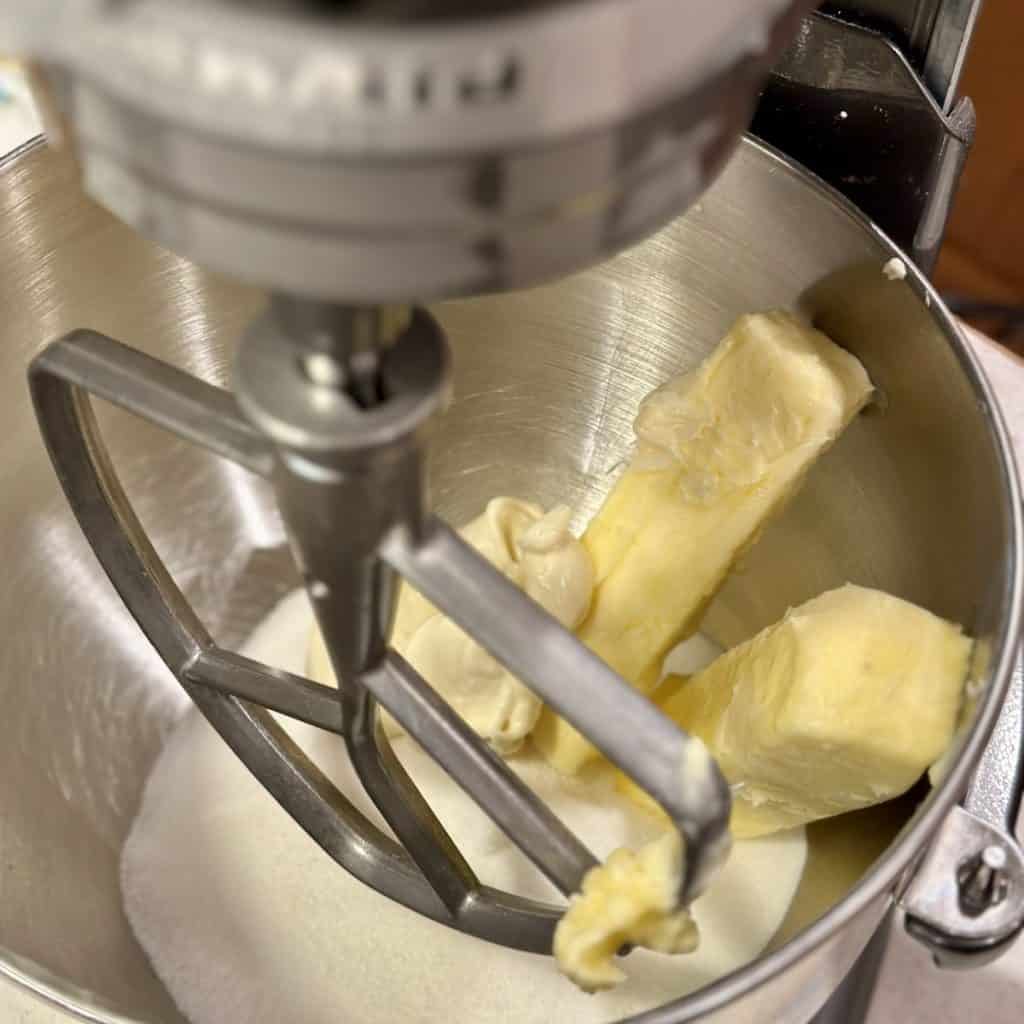
- Add baking powder to the mixture. Gradually add the flour to the cake batter, alternating with the buttermilk, beating well after each addition and scraping the sides of the bowl as necessary. Start the mixture on low speed and gradually increase to high speed.
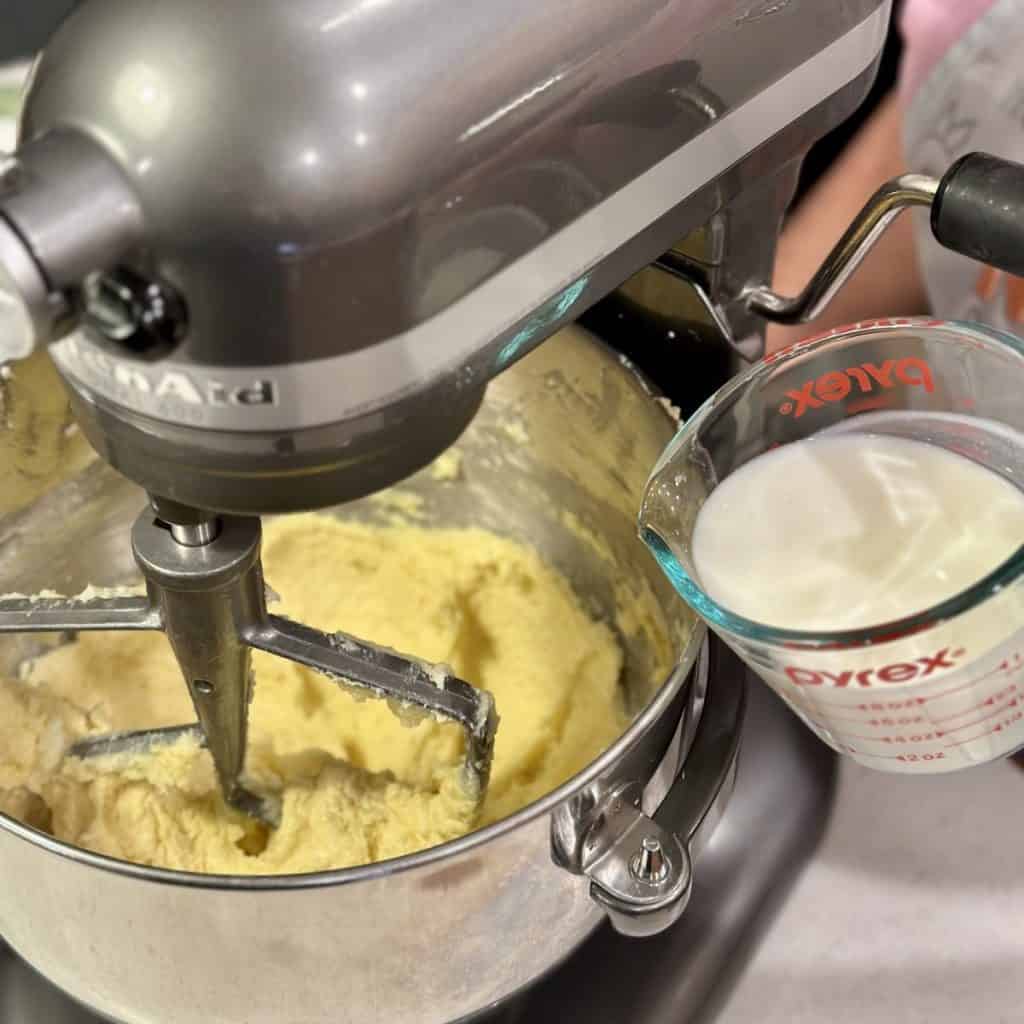
- On low speed, add the beaten egg whites, coconut, and pecans.
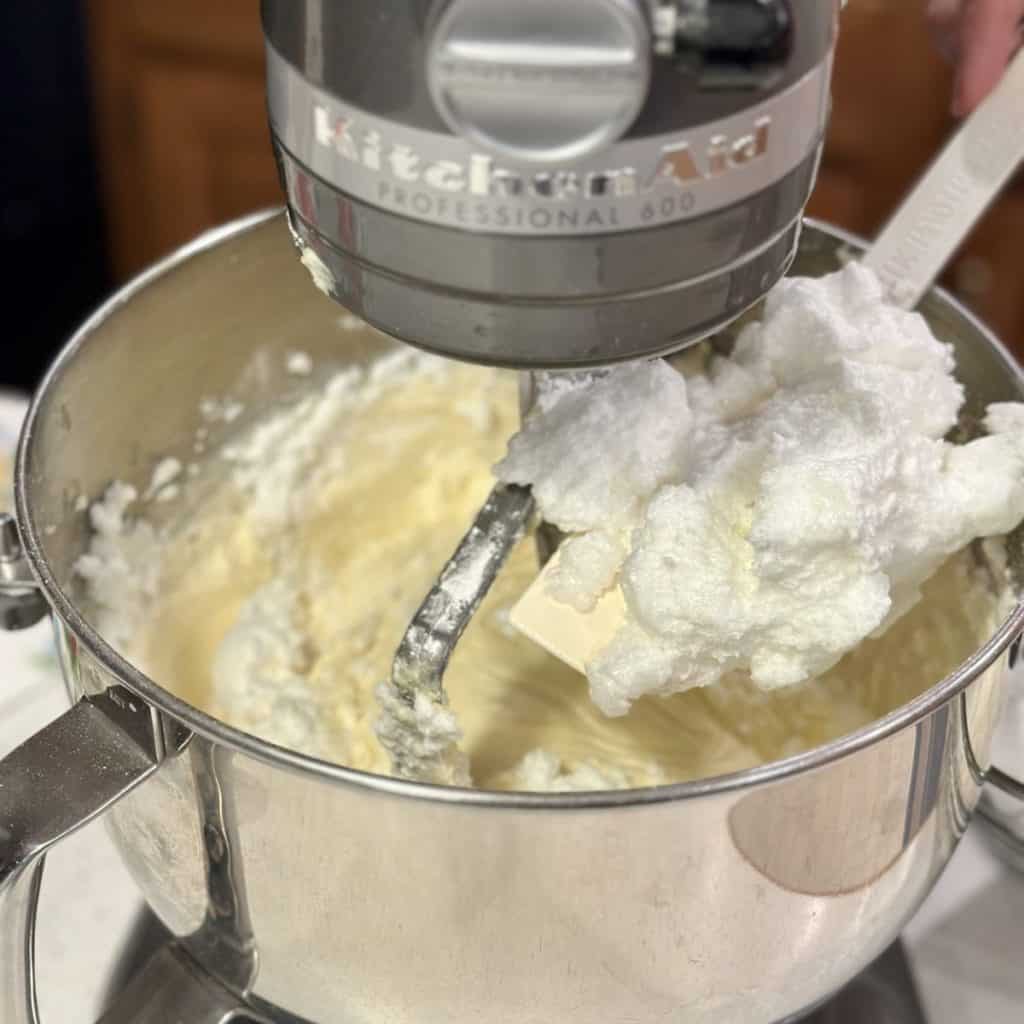
- Pour the batter into the prepared pan and bake 1 hour or until golden brown and fully cooked. Allow the cake to cool in the pan on a cooling rack at least 10 minutes.
- Run a butter knife around the edges of the pan to loosen it from the sides. Place a flat serving cake plate or cardboard cake box base on top of the cake. Hold both the pan and base, and carefully invert them together to release. Lift off the cake pan, and slowly peel away the parchment paper.
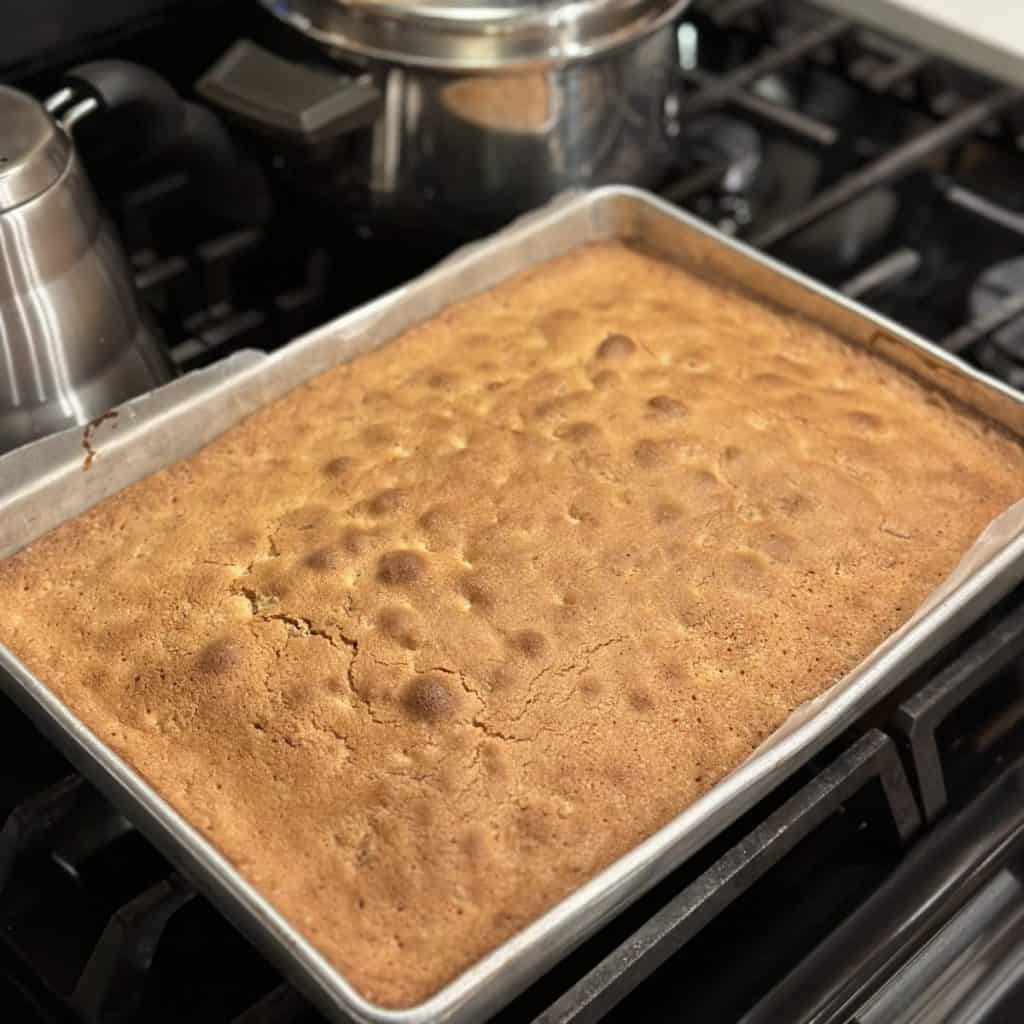
- Spread with icing.
Icing
- Place ingredients in a saucepan and let mixture sit while the cake is baking.
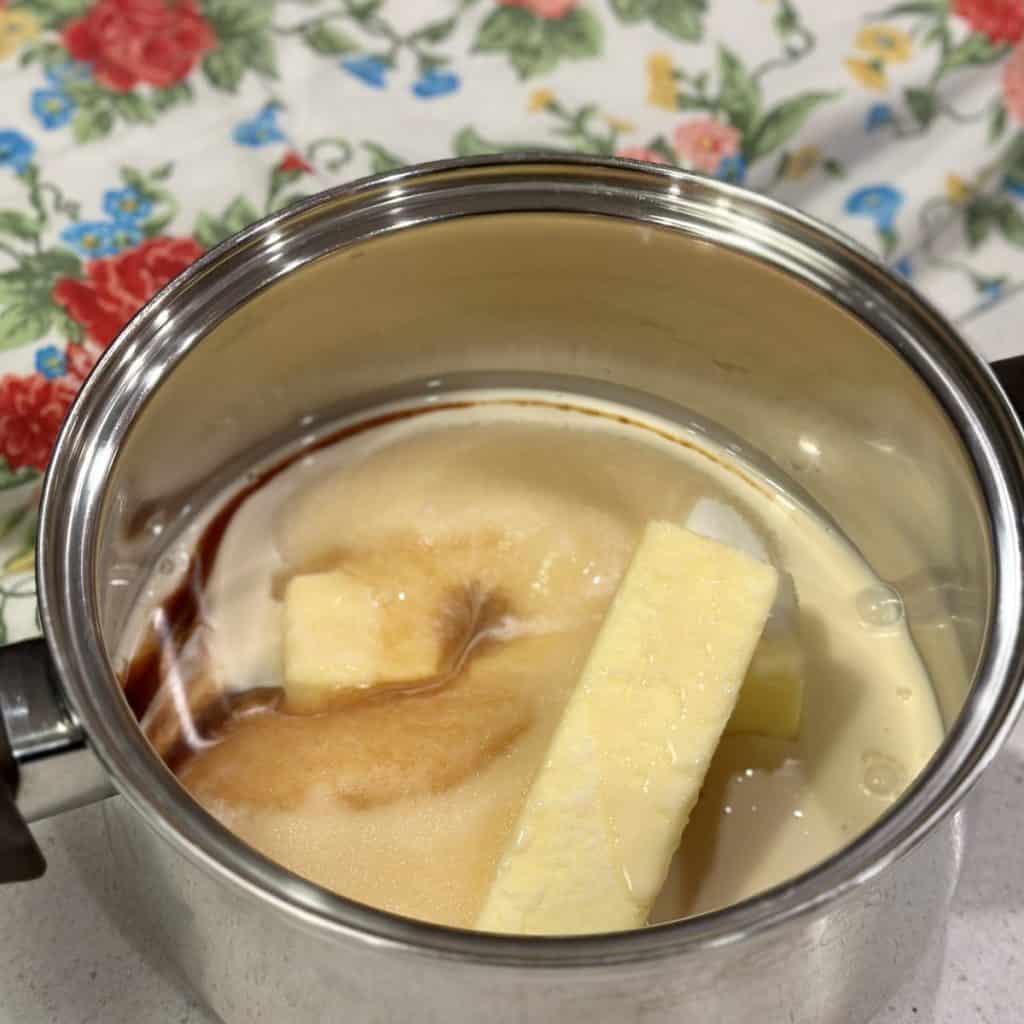
- Once the cake is removed from the oven, place the saucepan over medium heat. Whisk until the sugar dissolves and mixture comes to a boil. Once boiling, set a timer for 5 minutes and stir constantly.
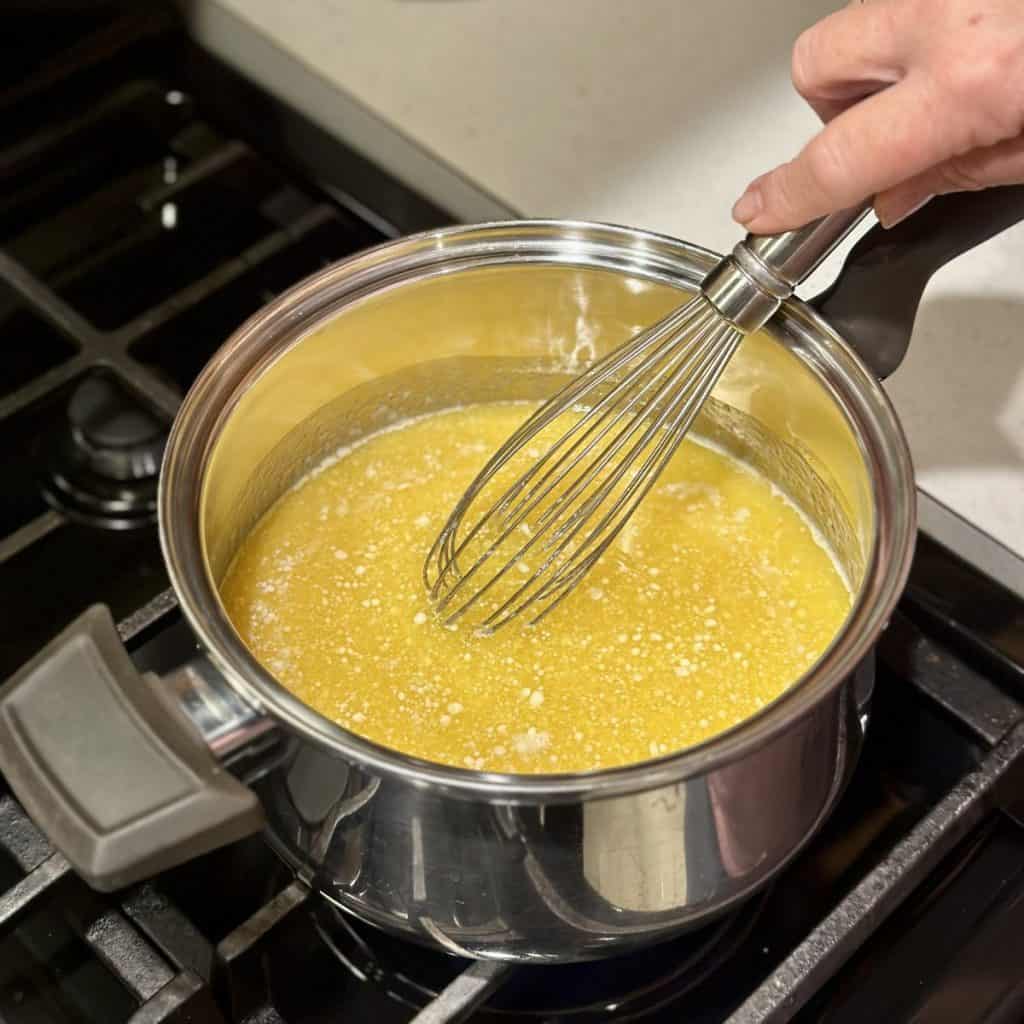
- Remove the pan from the heat and carefully pour the mixture into a mixer bowl. Beat with a mixer on medium speed until it's a spreadable consistency, about 10 minutes. The texture should be like caramel or soft-spun honey.
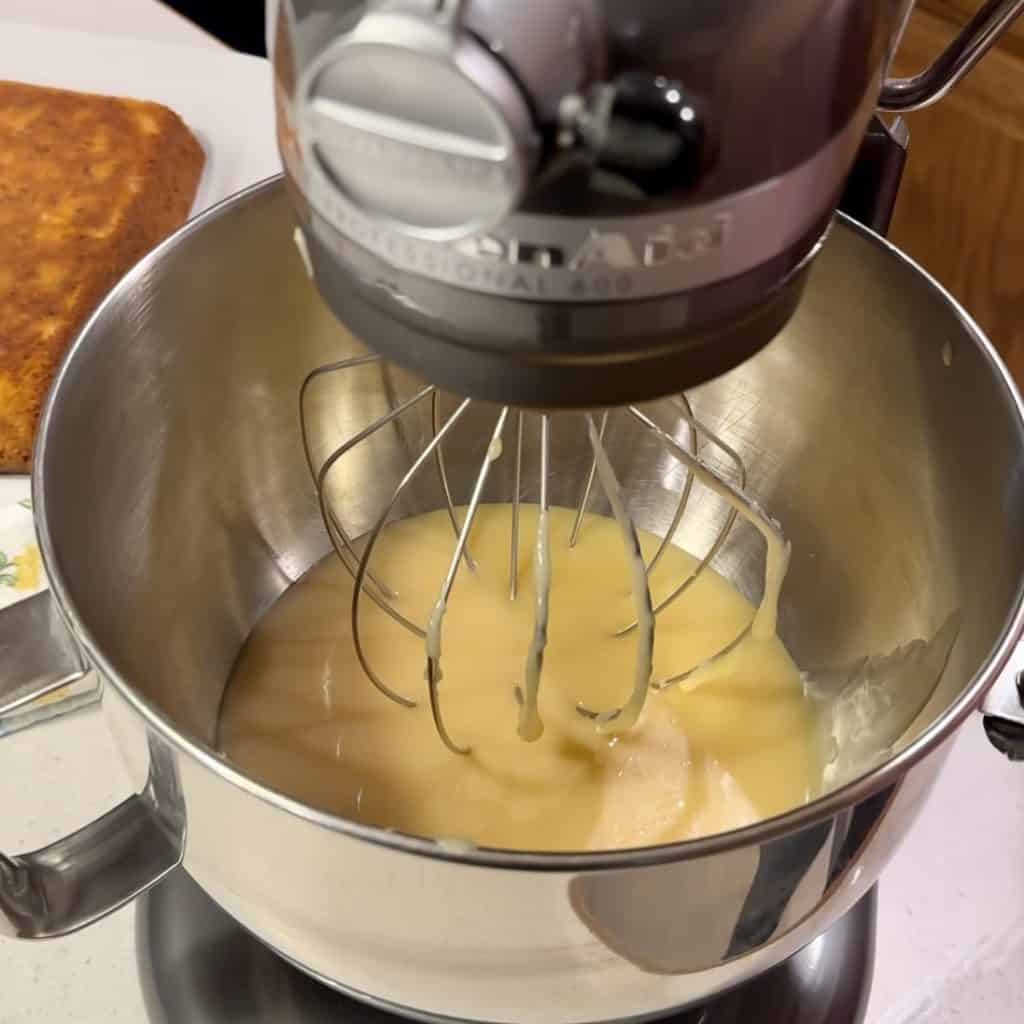
- Pour half of the icing over the top of the cake. Evenly spread the icing along the top side and then down the sides of the cake. Fill any open or thin areas with the remaining icing.
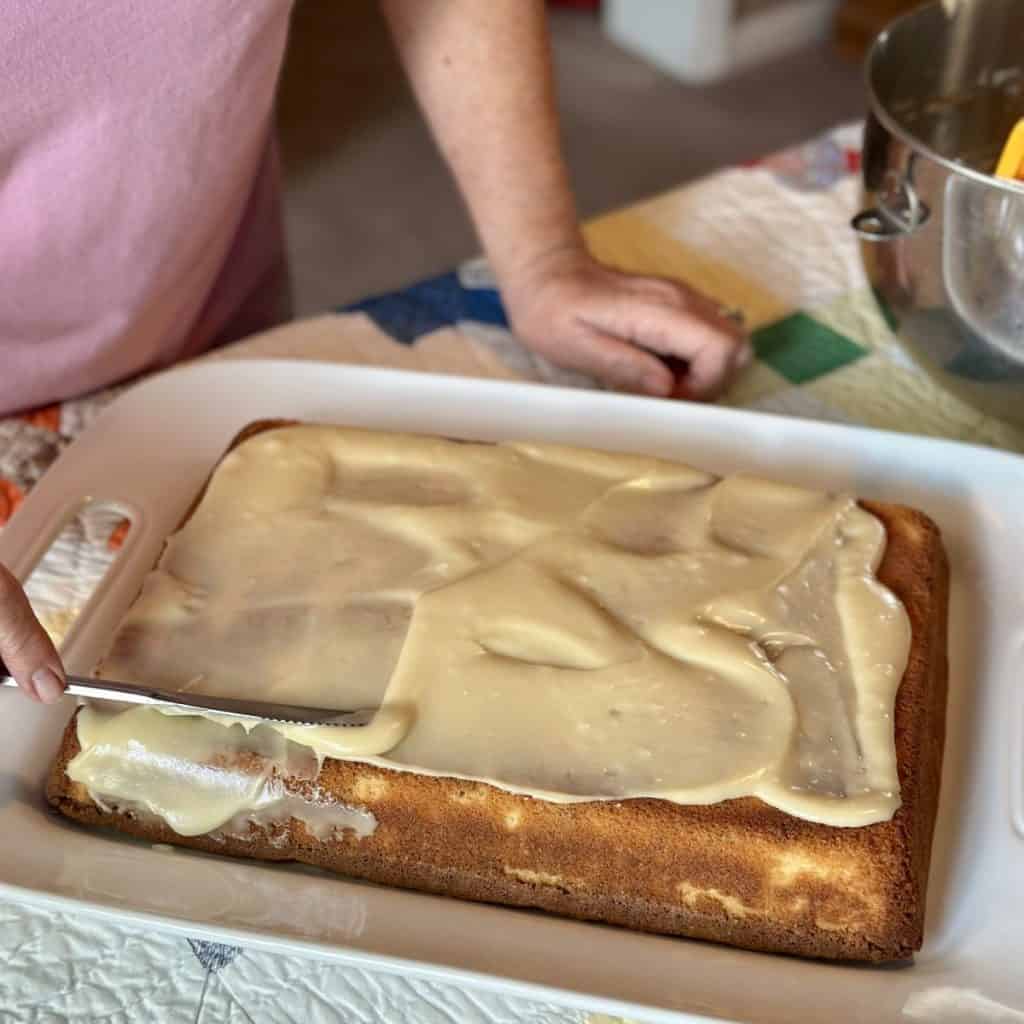
Tips and Substitutions
- White Chocolate Tips: The white chocolate flavor is incredible in this tender cake. You can melt white chocolate chips or a white chocolate baking bar. Using high-quality chocolate is important for optimal melting and the texture of the cake. You can substitute with melted almond bark if needed.
- Shredded Coconut and Nuts Substitutions: If you don't like the flavor or texture of these ingredients, you can simply omit them. You could also substitute the pecans with walnuts.
- Room Temperature Ingredients: Ensure that your butter and eggs are at room temperature. Room temperature butter mixes more evenly, and room temperature eggs incorporate better into the batter, resulting in a smoother texture.
- Proper Mixing: Cream butter and sugar well until the mixture is light and fluffy. Proper creaming is essential for incorporating air into the batter, which contributes to the cake's lightness.
- Avoid Overmixing: Mix the batter just until the ingredients are combined. Overmixing can develop gluten, resulting in a denser cake. Stop mixing as soon as no streaks of flour remain.
- Use Cake Flour: Consider using cake flour instead of all-purpose flour if you prefer a softer, more delicate crumb. It has a lower protein content, resulting in a finer texture.
How do I Know When My Cake Is Done?
Knowing when your cake is done is crucial to achieving the perfect texture. Here are several methods you can use to determine if it's fully baked.
- Toothpick Test: Insert a toothpick or a clean, sharp knife into the center of the cake. If it comes out clean with no wet batter clinging to it (a few moist crumbs are okay), the cake is done.
- Finger Press Test: Gently press the center of the cake with your fingertip. If it springs back and no indentations remain, it's likely done. If your finger leaves an indentation, it needs more baking time.
- Visual Cues: Look for visual cues such as golden brown edges and a slightly pulled-away appearance from the sides of the pan. These signs indicate that the cake is baked. Be cautious not to rely solely on color, as some cakes, especially chocolate ones, may be naturally darker.
- Shrinking Away from the Sides: The cake will often start to pull away from the sides of the pan as it bakes. When you see this happening all around the edge of the pan, it's a good indication that it's done.
- Cake Tester or Skewer: Use a cake tester or a wooden skewer. Insert it into the center of the cake. If it comes out clean or with a few moist crumbs, the it's ready.
- Temperature Check: Use an instant-read thermometer. Insert the thermometer into the center. If the internal temperature reads around 210-212°F (99-100°C), it's likely done.
Remember that every oven is different, so bake times can vary. Additionally, factors like altitude and the type of cake you're baking can influence the baking time. Over-baking can lead to a dry cake, so it's essential to find that perfect moment when the cake is just right.
Storage and Freezing
When stored properly in an airtight container at room temperature, White Chocolate Cake can stay fresh for up to 3-4 days. Refrigerating the cake is not necessary and can dry the cake out quicker.
Freezing isn't ideal for this cake as it tends to compromise the texture of the icing. However, you can freeze if desired in a freezer safe container or wrapped tightly with plastic wrap and placed in an airtight container. Simply thaw at room-temperature before consuming again.
Frequently Asked Questions
Keep in mind any substitutions from the original recipe could result in a different end product.
Yes, you can substitute margarine for butter in this cake recipe. However, keep in mind that the flavor and texture might vary slightly.
It's not recommended, but you can reduce the sugar slightly. Keep in mind that sugar not only sweetens the cake but also affects its texture. Experiment with small reductions to avoid compromising the structure and taste.
Besides a 13"x9" pan, you can also bake it in 2 round or square 9-inch or 8-inch cake pans. Make sure the bottom of the pans are lined and/or greased properly for optimal cake release.
While the traditional white chocolate cake uses butter, you can substitute it with vegetable oil or melted coconut oil for a slightly different texture and flavor.
For a vegan version, you can substitute each egg with alternatives like applesauce, mashed bananas, or commercial egg replacers. These replacements provide moisture and binding properties similar to eggs.
Use dairy-free margarine or oil instead of butter, and opt for non-dairy milk (such as almond milk or coconut milk) to make the cake dairy-free.
For a gluten-free white chocolate cake, use a gluten-free all-purpose flour blend. Ensure the baking powder and other ingredients are gluten-free as well.
Traditional chocolate, whether dark or milk, is made from cocoa solids, cocoa butter, and sugar. Cocoa solids are responsible for the characteristic chocolate flavor and contribute to the color of chocolate. White chocolate, on the other hand, contains cocoa butter, sugar, and milk solids but lacks cocoa solids.
Beating the icing for longer can help thicken the icing. As it cools, it will thicken as well. If this method doesn't work, you can gradually add sifted powdered sugar. Start with a small amount (about ¼ cup) and mix well. Access the thickness with each addition. Also, make sure to beat thoroughly after each addition to ensure a smooth and lump-free consistency.
Ensure your microwave safe bowl and stirring utensil is free of moisture. Use gentle and controlled heat when melting white chocolate. For best results, use a double boiler or a microwave with short bursts of low heat, stirring frequently. Also, be sure to use high-quality white chocolate.
Try these other Cake Recipes
White Chocolate Cake
Ingredients
Cake
- 4 ounces white chocolate melted
- 1 cup salted butter room temperature
- 2 cups granulated sugar
- 5 eggs separated
- 1 teaspoon vanilla extract
- 2 ½ cups all-purpose flour
- 1 teaspoon baking powder
- 1 cup buttermilk
- 1 cup shredded sweetened coconut
- 1 cup chopped pecans
Icing
- 2 cups granulated sugar
- 1 cup salted butter
- ⅔ cup evaporated milk
- 1 teaspoon vanilla extract
Instructions
CAKE
- Preheat the oven to 350°F. Butter a 9”x13” pan, line with parchment paper, then lightly butter the parchment paper.
- In a stand mixer or large bowl with a hand mixer, beat egg whites until stiff peaks form. Place the beaten egg whites in a separate bowl, and set aside.
- In the same stand mixer bowl or large mixing bowl, cream the butter with the sugar, and melted chocolate with the electric mixer on medium speed until smooth. Add the egg yolks and vanilla and beat on medium speed until fluffy.
- Add baking powder to the mixture. Gradually add the flour to the cake batter, alternating with the buttermilk, beating well after each addition and scraping the sides of the bowl as necessary. Start the mixture on low speed and gradually increase to high speed.
- On low speed, add the beaten egg whites, coconut, and pecans.
- Pour the batter into the prepared pan and bake 1 hour or until golden brown and fully cooked. Allow the cake to cool in the pan on a cooling rack at least 10 minutes.
- Run a butter knife around the edges of the pan to loosen it from the sides. Place a flat serving cake plate or cardboard cake box base on top of the cake. Hold both the pan and base, and carefully invert them together to release. Lift off the cake pan, and slowly peel away the parchment paper.
- Spread with icing.
ICING
- Place ingredients in a saucepan and let mixture sit while the cake is baking.
- Once the cake is removed from the oven, place the saucepan over medium heat. Whisk until the sugar dissolves and mixture comes to a boil. Once boiling, set a timer for 5 minutes and stir constantly.
- Remove the pan from the heat and carefully pour the mixture into a mixer bowl. Beat with a mixer on medium speed until it's a spreadable consistency, about 10 minutes. The texture should be like caramel or soft-spun honey.
- Pour half of the icing over the top of the cake. Evenly spread the icing along the top side and then down the sides of the cake. Fill any open or thin areas with the remaining icing.
Video
Notes
-
- White Chocolate Tips: The white chocolate flavor is incredible in this tender cake. You can melt white chocolate chips or a white chocolate baking bar. Using high-quality chocolate is important for optimal melting and the texture of the cake. You can substitute with melted almond bark if needed.
-
- Shredded Coconut and Nuts Substitutions: If you don't like the flavor or texture of these ingredients, you can simply omit them. You could also substitute the pecans with walnuts.
-
- Room Temperature Ingredients: Ensure that your butter and eggs are at room temperature. Room temperature butter mixes more evenly, and room temperature eggs incorporate better into the batter, resulting in a smoother texture.
-
- Proper Mixing: Cream butter and sugar well until the mixture is light and fluffy. Proper creaming is essential for incorporating air into the batter, which contributes to the cake's lightness.
-
- Avoid Overmixing: Mix the batter just until the ingredients are combined. Overmixing can develop gluten, resulting in a denser cake. Stop mixing as soon as no streaks of flour remain.
-
- Use Cake Flour: Consider using cake flour instead of all-purpose flour if you prefer a softer, more delicate crumb. It has a lower protein content, resulting in a finer texture.


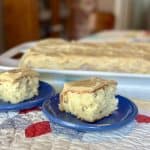
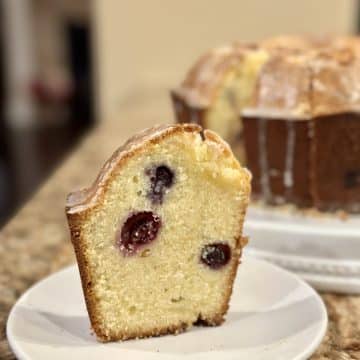
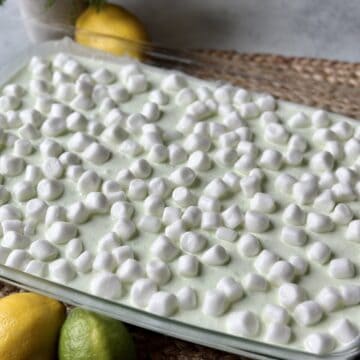
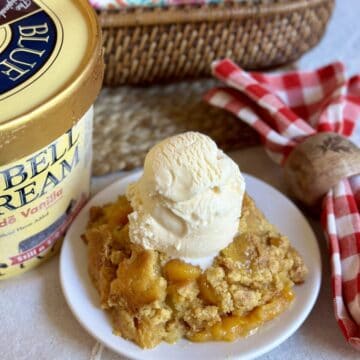
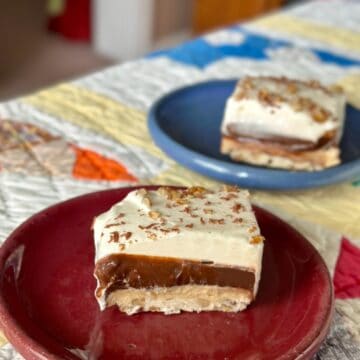

Leave a Reply